Unified Patient Health Record: Systems Design View
Authors and Contributors:
Michael Kremliovsky (primary author) Executive Director, Digital Health and Real World Science, Bayer.
Eric Malamud
Victoria Moy, CEO, Innovatio.health
Editors and Reviewers:
Elaine Hamm, PhD, Executive Director, AAIH
Shalini Trefzer, Microsoft
Joseph McMenamin, Cristian & Barton, LLP
Chuck Montague, PhD, Johns Hopkins,
Rita Gaspardi Baldoria, Roche
James Zanewicz, Tulane University
Executive Summary
The Unified Patient Health Record (UPHR) represents a transformative vision for healthcare, providing patient-centric, seamless access to health data across the entire healthcare ecosystem. This white paper explores the key requirements and design considerations essential for such a system. By leveraging achievements in healthcare interoperability, establishing robust attainable standards, and fostering global collaboration, we hope to encourage the development of a unified platform that enhances patient care, empowers individuals, and supports innovative medical research. Community-led care and the patient voice are critical for the unified data platform, potentially making the difference between sick care and health care. This paper outlines the foundational concepts, necessary legislative actions, and technical requirements to bring the UPHR to fruition, ensuring it serves as a backbone for healthcare services worldwide.
Introduction
The Unified Patient Health Record (UPHR) is a system designed to store and serve personal health information across the entire healthcare ecosystem. Such a system can provide patient-centric, uniform access to health data across all providers, support transparency of health service transactions, foster the development of quality metrics, and supply critical data for advancing novel solutions in healthcare and public health management. Unlike traditional provider management systems or electronic health records (EHRs), which are often fragmented and siloed, the UPHR aims to unify and democratize reporting and access to patient data, ultimately improving the quality of care. In our previous work, “Why is there currently no Unified Patient Record?” we explored the key challenges that prevent a unified patient record from being realized, including data fragmentation, technical hurdles, and complex legal and cultural issues. Building on this foundation, the UPHR outlined here seeks to address these obstacles directly, proposing a framework that could revolutionize healthcare delivery, promote continuity of care, and empower patients to take control of their health information and give the patient the equivalent of a seamless consumer experience.
Conclusion
The path to establishing a unified patient health record is complex but essential for the future of healthcare. By focusing on patient ownership, robust security, global interoperability, and collaborative ecosystems, we can overcome existing barriers and create a healthcare system where patients truly own and control their health data. This whitepaper outlines the foundational steps and considerations necessary for this transformation, emphasizing the importance of legislative support, advanced technology, and international cooperation. Future research and discussions should continue to refine these strategies, ensuring the UPHR becomes a reality that benefits all stakeholders in the healthcare ecosystem.
